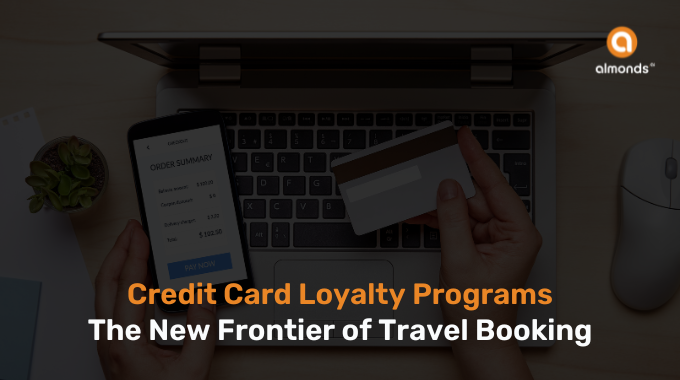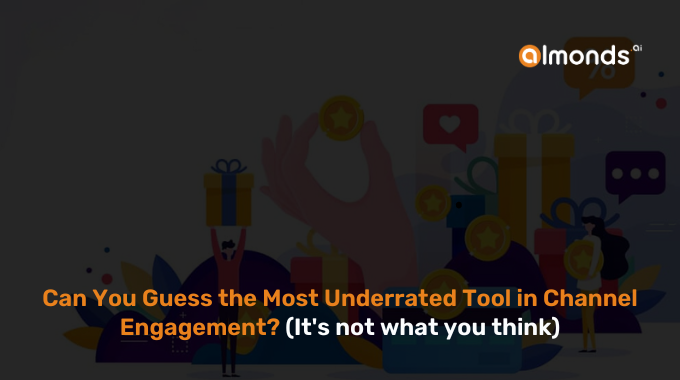Every brand picks out new schemes, discounts, or new products to engage their potential customers and channel partners (especially retailers). But once the festival season is over, then what?
What should brands do to keep the engagement process continuous?
Brands should think about it because the post-holiday period presents a unique opportunity for businesses to reinforce and deepen their relationships with retail partners. This phase is critical for sustaining the momentum generated during the festive season and setting a positive tone for the year ahead.
In this blog, you will find 10 tips that will be the guideline for the brands in the post-holiday period, and here they are:
Tip 1: Offer Top-Notch Customer (Retailer) Service
Retailers appreciate businesses that value their time and needs. Brands can enhance retailer satisfaction and loyalty by providing exceptional, personalized customer service. Quick responses, tailored solutions, and a friendly approach can make a significant difference.
| “As per the National Retail Federation, dissatisfied Americans sent back 17.8% of products purchased from various retailers in the previous year. This amounts to merchandise valued at $158 billion.” |
In these dicey and cruel market conditions, retailers need support and encouragement. Here, brands can provide services like easy return policies, damage cover, and investment security. This way, retailers and other channel partners get motivated and loyal to the brand.
Tip 2: Get Retailers’ Attention Again
To recapture retailers’ attention, launch innovative marketing campaigns or introduce exciting new products. If brands do that, they must ensure that the retailers know about it. For that, brands can use email marketing, social media campaigns, or direct outreach with compelling offers. But this is not enough to ensure the channel partner knows about re-engagement practices.
Brands must use personalization, active verbs at the start of the communications, or out-of-the-box statements to capture the reader’s attention. Such as, Zomato and Swiggy does through their push notifications and emails.
Tip 3: Learn More About Retailers with Advanced Retail Analytics
Use advanced analytics tools to understand retailers’ purchasing patterns, preferences, behaviors, and other KPIs. This data is invaluable for crafting strategies and offers that resonate with them, leading to better engagement.
For that, brands can create a personalized dashboard featuring selected categories. It can include:
- B2B loyalty program platform performance
- Customer segments
- Purchase behavior
- Number of coupons per person
- Redeemed vs. not redeemed
- Customer evolution
- Purchase frequency
- Summary of sales
- Receipts
- Average spends
- Monthly evolution
- Store performance
- Discount analysis
- Categories and products
This way, brands have better prospects for their products and sales.
Tip 4: Gather Reviews
Encourage retail partners to provide feedback on their experience with products or services. Honest reviews can offer insights into what’s working and needs improvement, helping refine offerings.
To motivate them, brands can offer reward points for every useful feedback. This way, both parties will be profitable.
Tip 5: Drive Social Engagement
Boost engagement with your retailers on social media platforms. Regularly post relevant and engaging content, respond to comments, and create community-focused initiatives to keep your brand top-of-mind.
| “If retailers have a good experience with a brand, it’s so easy for them to share it via social channels, which in turn influences others to seek out the brand.” |
Tip 6: Drive Emotional Engagement
Building an emotional connection is key to long-term business relationships. Share stories that resonate, create experiences that matter and show understanding and care about retailers’ challenges and successes.
| “Google reports that 46% of shoppers say that they make a conscious effort to shop at businesses that align with their values.” |
For example, brands can use the Green Loyalty Program by Almonds Ai to engage with retailers. This program promotes sustainable products and practices as a loyalty platform.
Tip 7: Offer Great Free Resources
Every human loves free stuff. No matter what it is. But when the free stuff can be useful, then it can’t be more successful. That is why brands should share valuable resources like industry reports, insightful articles, or market analysis with their retailers. These not only add value but also position the brand as a helpful and knowledgeable partner.
Tip 8: Embrace User-Generated Content
Encourage retailers to share their own content related to products. This could be through testimonials, case studies, or social media posts, offering authentic perspectives that enhance the brand’s credibility.
Tip 9: Provide Loyalty Discounts and Special Member Pricing
Brands must offer exclusive discounts or special pricing models to loyal retailers. This gesture not only rewards them for their business but also incentivizes continued partnership.
Brands can introduce a VIP tier, too. It adds extra excitement for retailers to keep returning to the brand. It goes beyond merely rewarding them for repeat visits; now, they have a specific goal they’re actively pursuing.
Tip 10: Create (or Review) Loyalty Program
If a brand has a loyalty program, review it to ensure it aligns with retailers’ current needs. If not, consider creating one that offers tangible benefits and acknowledges their contributions to brands.
Re-engaging with retailers after the holidays is a strategic move that can lead to increased loyalty, better business outcomes, and a stronger partnership. For that, aligning brands’ goals, strategies, and technology is crucial. Once aligned, brands can dive into the following key features when assessing brand’s options:
- Prioritize retailers’ engagement solutions tailored specifically for the retail industry.
- Ensure the retailer data platform effectively collects and consolidates data from all online and offline sources for accurate customer profiles.
- Inquire about their data activation capabilities.
- Assess the omnichannel features and capabilities they provide.
- Confirm their collaborations with leading retailers.
- Inquire about the strength of their development team and the frequency of new feature additions.
- Ensure loyalty platforms grant full control and ownership over customer data.
- Verify their compliance with GDPR and CCPA regulations.
Once this checklist is made, the brand is ready to re-engage the retailers after the holiday season.






